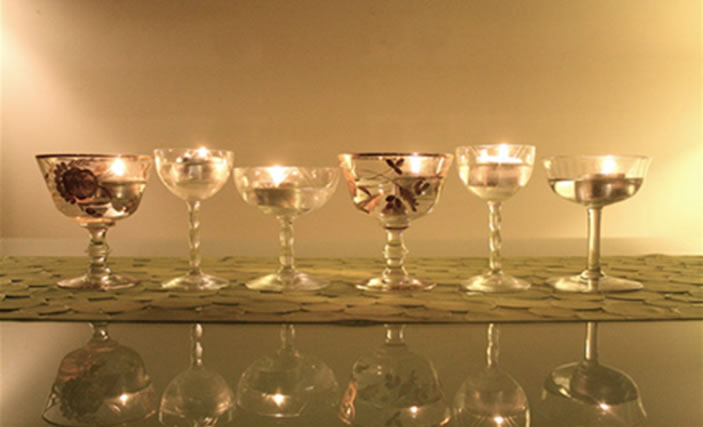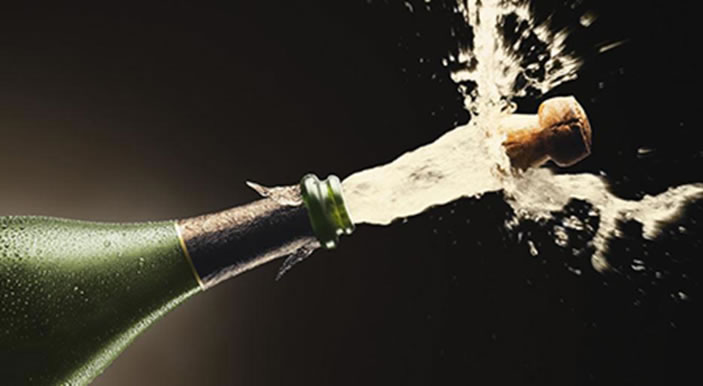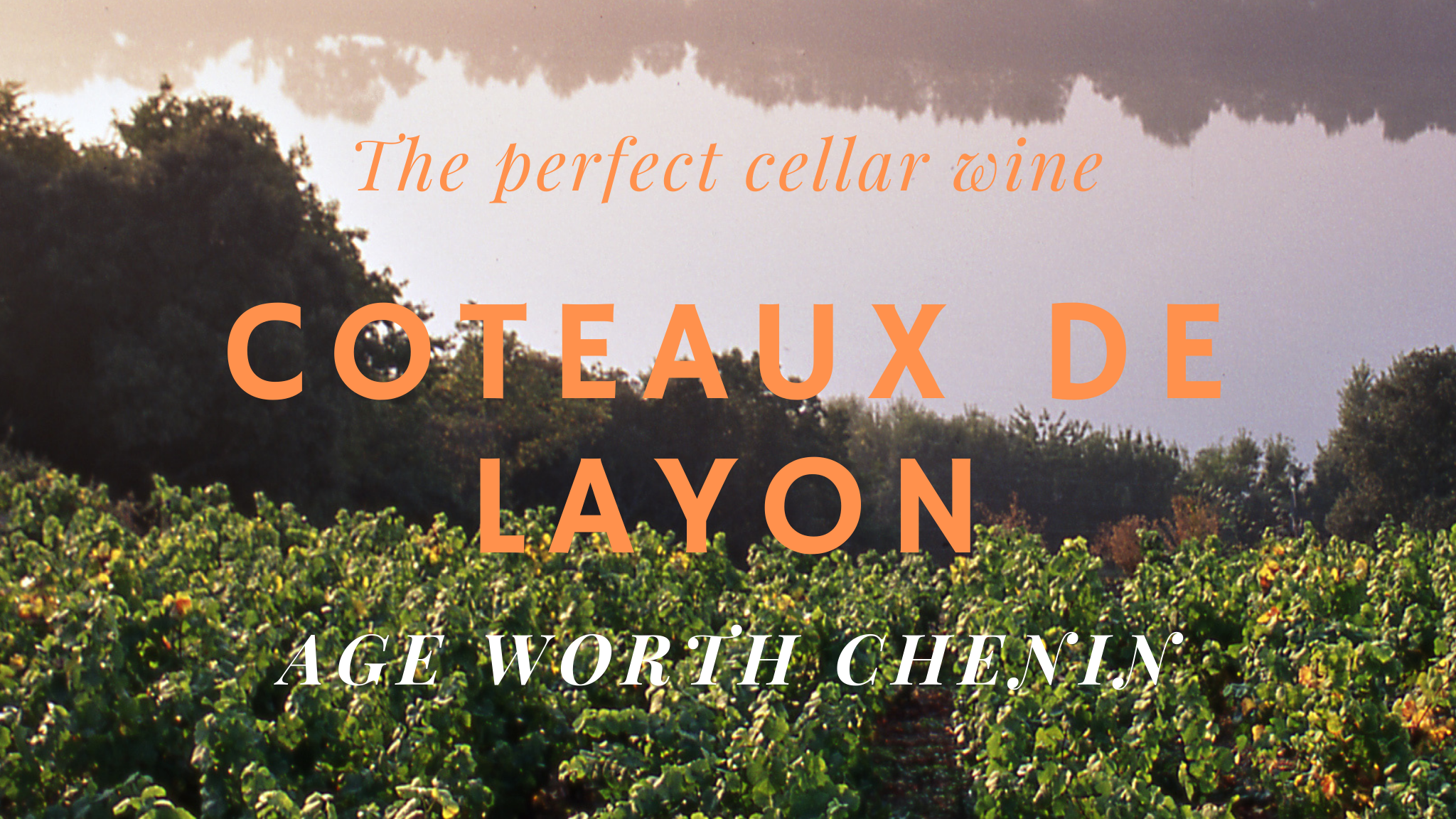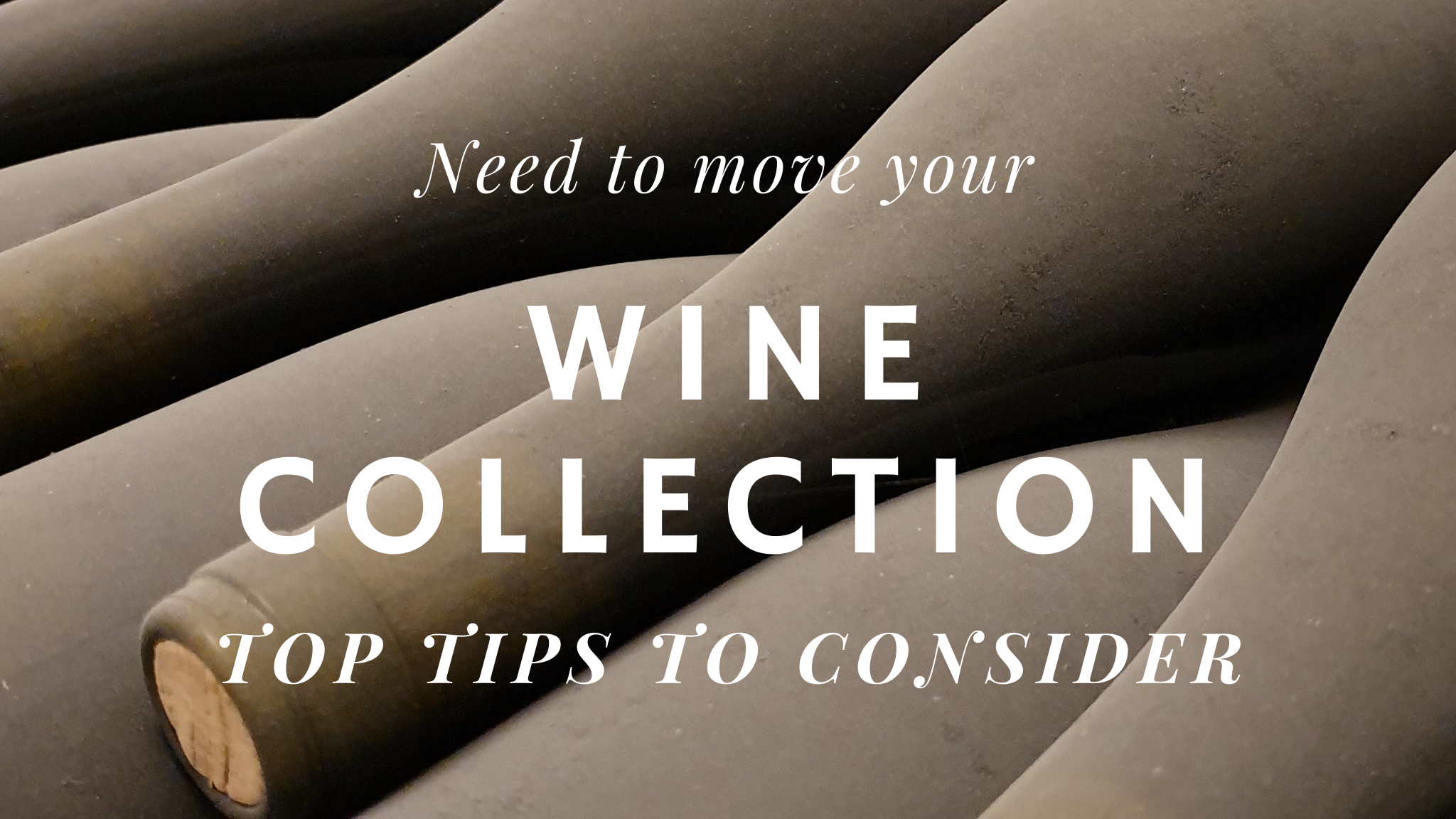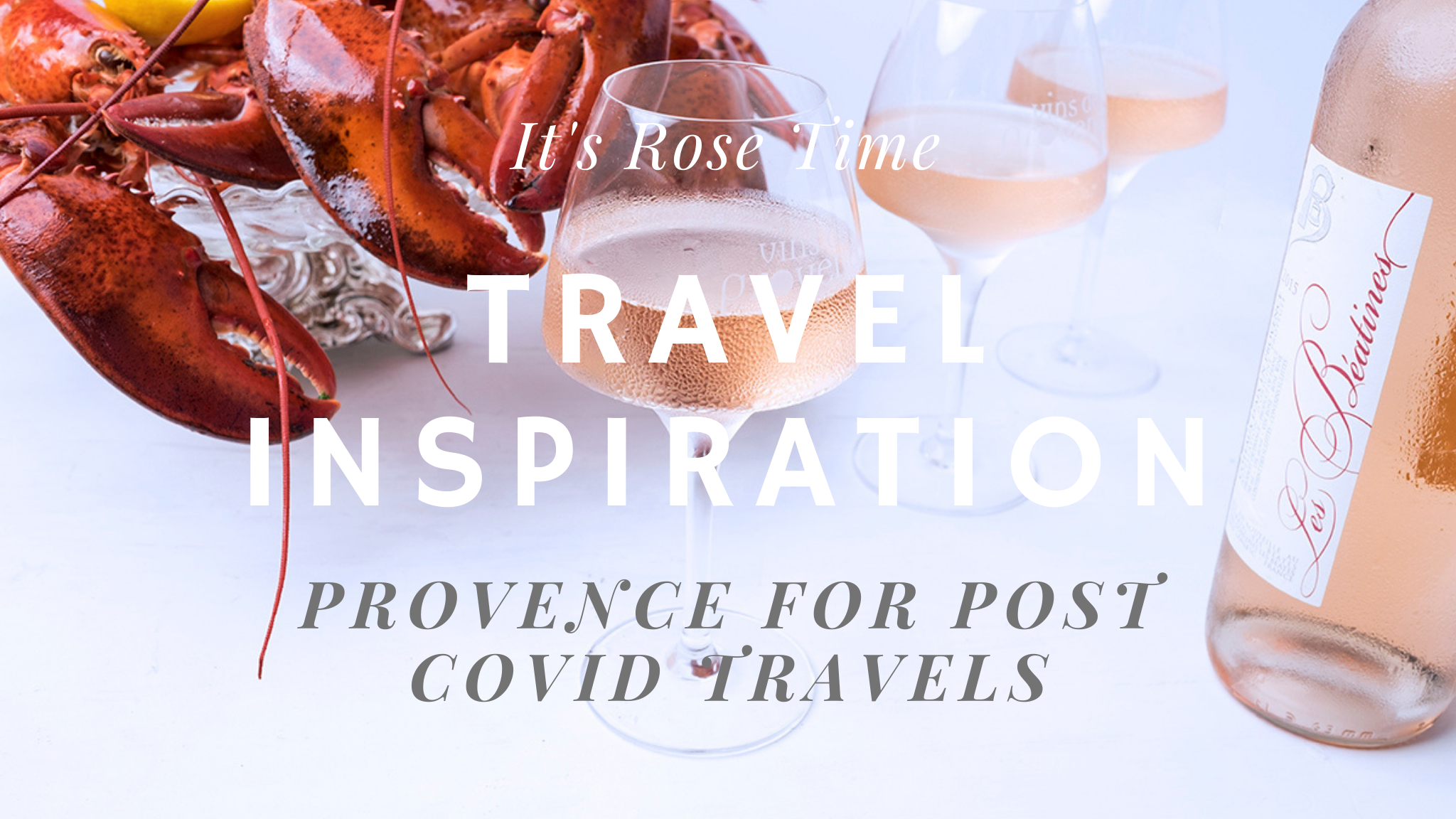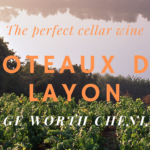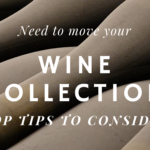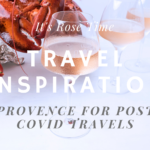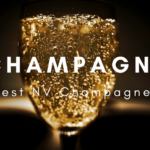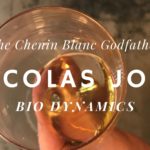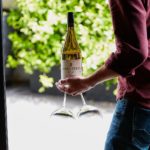October is international Champagne month. Here are our top 10 Champagne facts so you can bluff your way to Champagne stardom.
Regional
Champagne can only be called Champagne when grown and produced within a specific region in Frances North East, centred around the city of Riems.
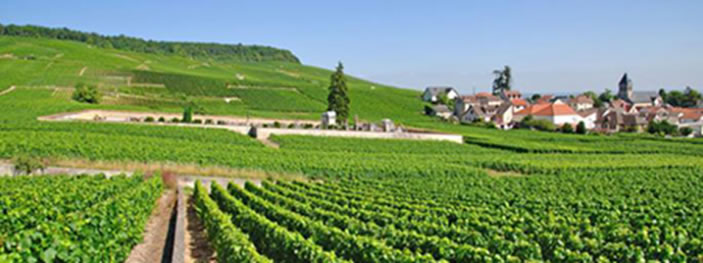
Pushing the boundaries
The Champagne region is on the margins of viable viticulture. Basically it’s a bit cold and wet for traditional ripening of grapes. This was a major driver in how Champagne developed, adding sugar to make a more palatable wine from the high acid grapes.
Chalky
The chalk based soils are highly permeable dropping the water table far below the surface aiding the development of deep vine roots. The chalk has been dug out into huge caves, perfect for extending Champagne aging.
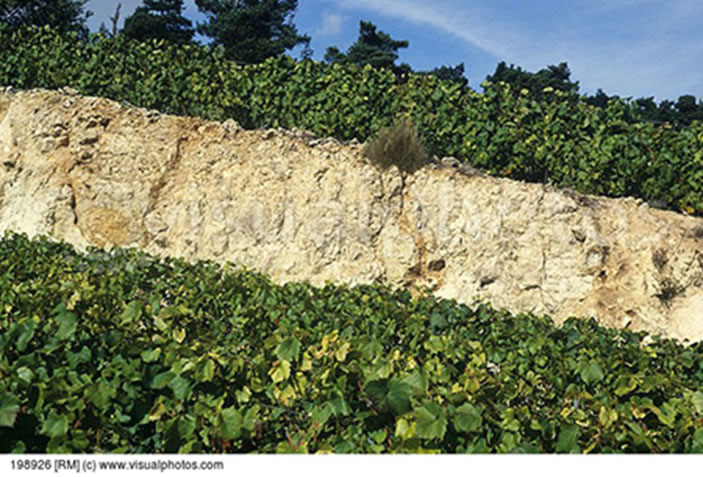
Varieties
The three key varieties are: Chardonnay, Pinot Noir and Petit Menuier. A Blanc De Blanc is a Champagne made from only Chardonnay, hence white only. A Blanc de Noir is made from the two black varieties although usually mainly Pinot Noir.
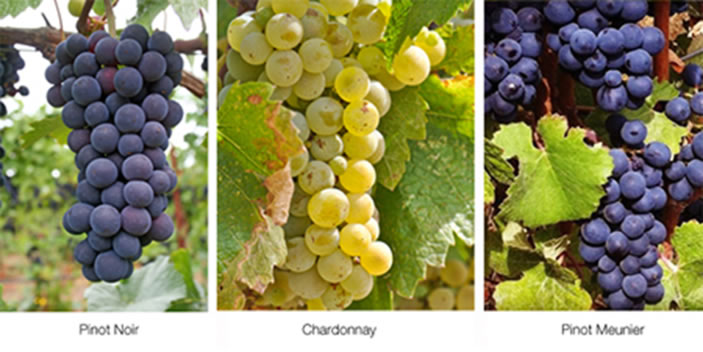
Secondary Fermentation
Champagne’s fizz comes from carbon dioxide that is created during the secondary fermentation in the bottle. This also produces lees, which are dead yeast cells in the bottles which also create that famous bready flavours.
Riddling
Getting those lees out of the bottle is a tricky process. To get them into the neck of the bottle the process of riddling slowly tilts the bottle vertically with the neck at the bottom whilst slowly turning the bottle over a number of weeks. This used to be done by hand and was a painstaking process. These days gyropallets do the same thing much quicker.
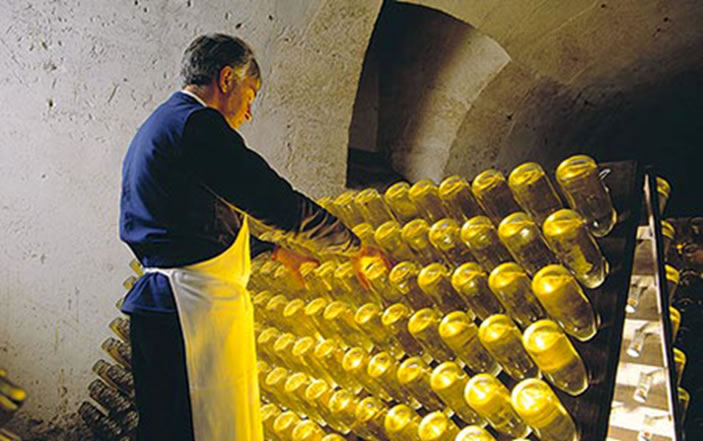
Disgorgement
So you’ve got a neck full of dead yeast cells, how do you get them out? Disgorgement was developed by freezing the neck of the bottle and forming plug of frozen wine and lees. The crown cap (like a beer bottle cap) is released and the frozen plug fired out from the internal pressure of the CO2. Vola, no lees in the bottle!
Dosage
Hang on, so we’ve lost bit of wine from disgorgement? Yeah but fear not as this is where the final sweetness of the wine is decided. Dosage is where the liquor de Tirage is added, basically a mixture of wine and sugar which tops up the bottle and determine if the Champagne is Brut, Sec or Demi Sec. Brut nature or zero dosage means nothing but unsweetened wine was added…This is as dry as you can get.
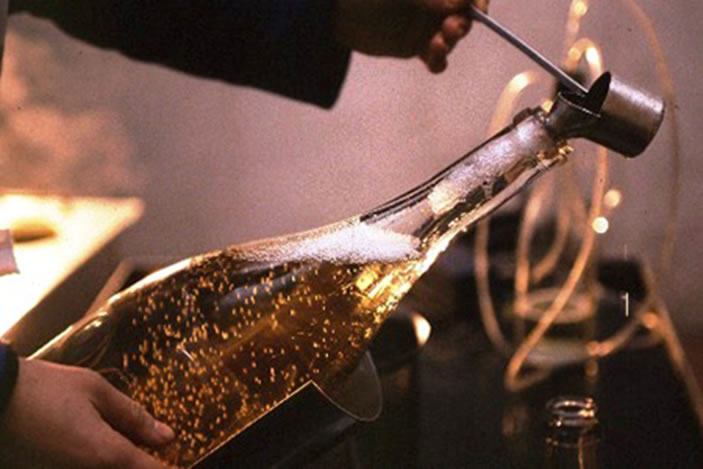
Mad Monks
The guy largely credited with the creation of bubbles is the Monk, Dom Perignon. He was actually charged with stopping the wines exploding but came up with the Champonise method.
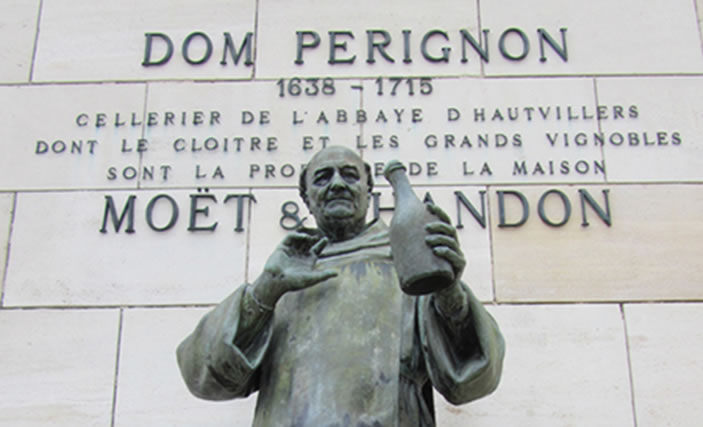
Glasses
Traditionally dunk from a variety of shaped glasses the most famous are the 1950’s Coupe, allegedly shaped like Marie Antoinette’s breast (take with a pinch of salt) and the flute. However the best glasses for getting the full Champagne experience are actually wider more traditionally shaped wine glasses. Riedel have a new glass shape especially for champagne, plus believe that a Blanc de Noirs tastes best from a Pinot Noir glass. New glasses?
